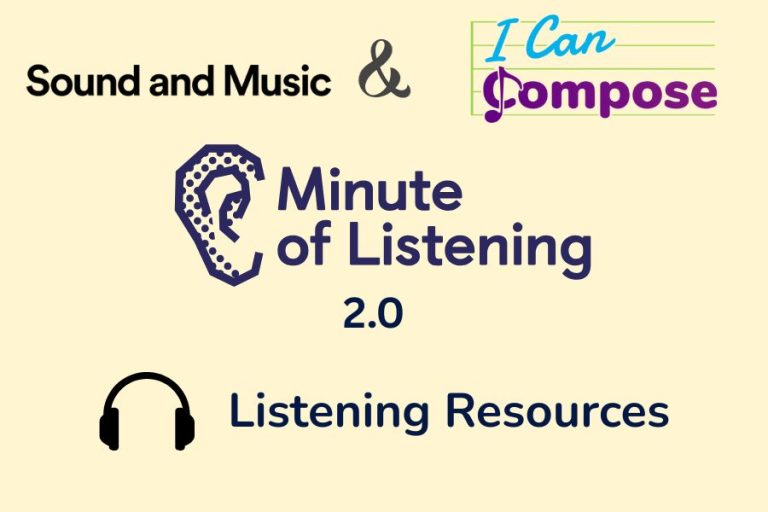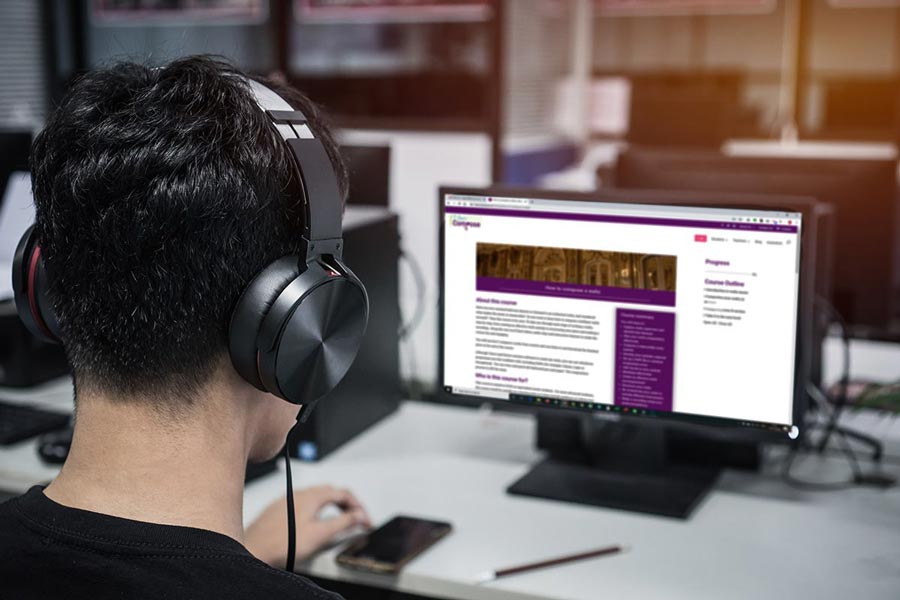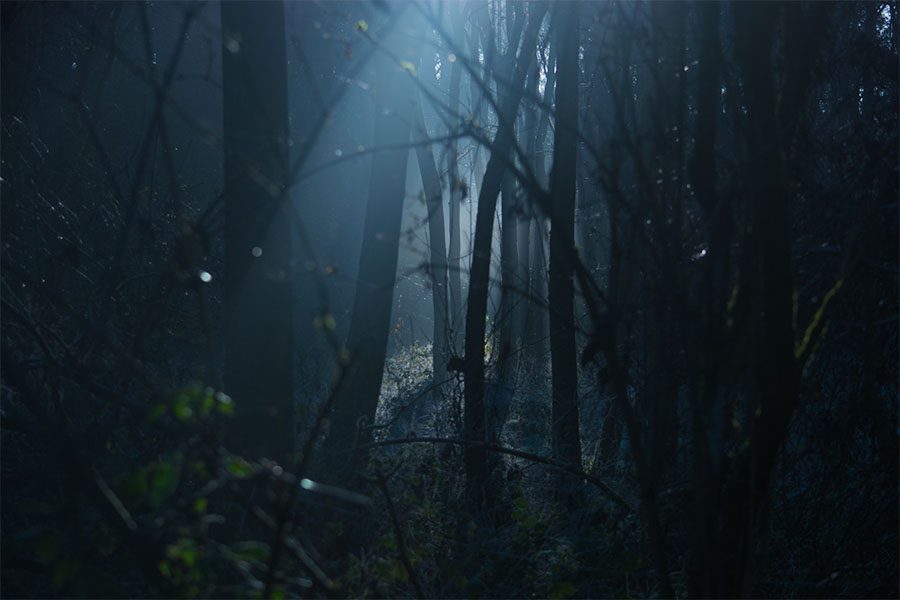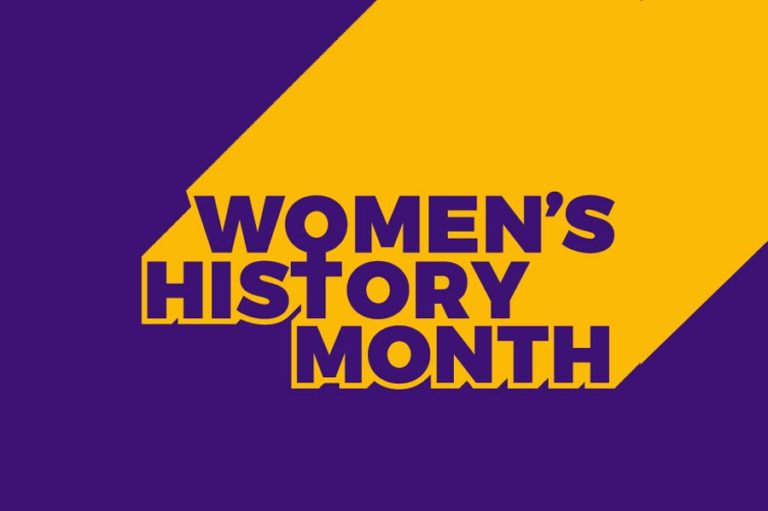You can go to school forever, but you’re never really going to learn until you just do it.
Michael Giacchino
In the second part of this blog series, our content writer, Patrick Gazard, shares tips for teaching compositional techniques, understanding the importance of the story and performing live to a film clip. You’ll find part 1 here.
Approaching the teaching of film composition
No matter what type of school you teach in, it is likely that one of the units you offer at KS3 will be Film Music. The following are my thoughts on how to teach students how to compose for images. This could easily be stretched and revisited over two or even three half term units, quite possibly spread across the whole of KS3.
As always with any ‘Top Tips’ some will be relevant to your situation and others will be wholly unsuitable, but I hope you will find some inspiration at least and maybe a few new twists on what you do already.
Technique
As mentioned above, and in Part 1, composing effective film music is challenging, so it’s important that students learn and practise the key technical skills before embarking on a full project. There are several key aspects to consider:
- Melody plus accompaniment – often lengthy/ lyrical melody lines over punchy, rhythmic backings – this is very common for example, John Williams’ ‘Flying theme’ from E.T. Get students to compose an 8-bar theme in this style.
- Dissonance and resolution – not just 2nds/ 7ths clashes, but also suspensions (simplified) – guitarists are familiar with the sus4 chord, so why not add the 7-6 and 9-8 suspensions to their armoury as well?
- Pedal notes/ drones – not just bass notes, but also inverted pedals (high) and internal pedals. Experiment with the dominant pedal as well as the tonic.
- Ostinati / Percussion – these are what give the music energy and drive, Hans Zimmer-style – check out the video below, where Zimmer combines twelve professional drummers to create an awesome groove for his Man of Steel score.
- Hit points – not necessarily every one, but certain moments need to be highlighted, perhaps with a ‘sting’, or a new theme, or a change of key – something noticeable needs to occur.
Story
As well as writing music for existing images, it’s important for students to have a go at devising their own storylines and scenarios using storyboarding techniques. This creative input raises a number of interesting issues to be explored:
- How much should the music tell us at the start? As composers we already know this character is not to be trusted, but do we want the audience to know that yet? If not now, when, and how will the music we compose influence that?
- Different points of view – consider the locations, and how much each character knows at the time e.g. when someone is about to be burgled they don’t know that, but we do. Try switching the musical styles backwards and forwards, depending on the camera shots.
- Whose side are we on? Try watching some clips from nature documentaries (for example, Planet Earth, The Hunt etc) – a lioness chases a gazelle – if the hunt fails from the lionesses point of view ‘her’ music will be downbeat, but what about if we write from the viewpoint of the gazelle?
- Make the story interesting: there needs to be some jeopardy/ tension – remember to devise a storyline that leads to an interesting and varied score.
And, as an aside…
- Ban weapons! Just a tip from my experience as a former English teacher as well as in the music room – conflict is good, but don’t let students write stories including weapons (guns/ knives) – it’s too easy. Instead, encourage children to think of other routes and the results will be much more imaginative and varied.
Performing – do it live!
There is nothing more fun – and challenging – than overseeing a group of students devising music for a film clip and then watching them perform it live, in the room, in front of the class. It demands huge concentration (they can’t take their eyes off the screen) and can be very effective. They could include foley (live sound effects) and produce a graphic score, if time.
This latter element enables a different group to perform the same ‘piece’ a week later, when they have forgotten what the original sounded like; a true learning process.
Composing is composing….
Many of the most useful composing videos on YouTube relate to film composing, but don’t be fooled. Forget film composition – most are actually about composing in general, especially when it comes to developing thematic material. There just tends to be more interest in analysing music for images than absolute music, probably because YouTube is a such a visual medium. Whatever the reason, there is some wonderful musical analysis out there: start with the channels Inside The Score or The Musicologist to get started.
I hope you have found this film music series helpful and enjoyed exploring different classroom approaches and activities. Please see below for further resources:






